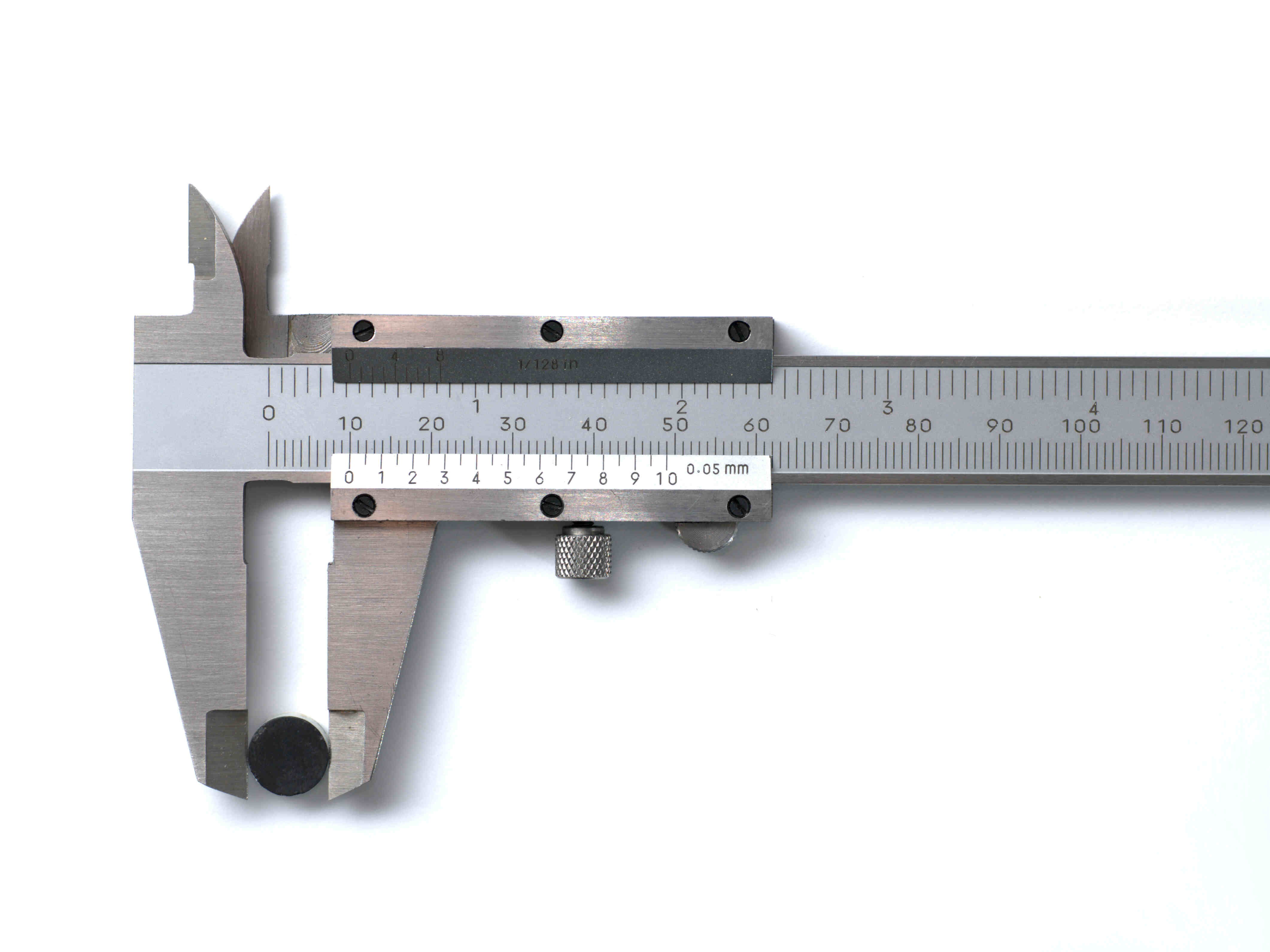

Articles
What Are Calipers
Modified: January 8, 2024
Learn all about calipers in this informative article. Discover the different types, how to use them, and their applications in various industries.
(Many of the links in this article redirect to a specific reviewed product. Your purchase of these products through affiliate links helps to generate commission for Storables.com, at no extra cost. Learn more)
Introduction
Calipers are essential tools used in various industries for precise measurement and dimensioning purposes. Whether it’s in woodworking, metalworking, engineering, or even scientific research, calipers play a crucial role in ensuring accurate measurements and facilitating the creation of precise and high-quality products.
So, what exactly are calipers? Calipers are handheld measuring tools designed to measure the distance between two points with great accuracy. They consist of two jaws or arms that can be opened or closed using a sliding or rotating mechanism. By measuring the gap between the jaws, calipers provide precise measurements of length, diameter, thickness, and other dimensions.
The primary purpose of calipers is to obtain accurate measurements, both internally and externally, of various objects. They help in quality control, dimensional inspection, and the production of precise components. Calipers are used to measure features such as hole size, groove width, object thickness, and outside dimensions.
There are several types of calipers available, each with its unique design and measurement capabilities. In this article, we will explore three common types of calipers: Vernier calipers, digital calipers, and dial calipers. Let’s dive into the details of each type to understand their functioning, advantages, and disadvantages.
Key Takeaways:
- Dial calipers offer continuous measurement reading, durability, and resistance to environmental factors. They are cost-effective and remain reliable tools for accurate dimensional measurements in various industries.
- While dial calipers may lack digital convenience, they provide high precision, no battery dependency, and resistance to environmental factors. They are well-suited for applications where continuous measurement reading and durability are crucial.
Read more: What Is A Core Charge For Calipers
Definition of Calipers
Calipers are precision measuring tools used to measure the distance between two points with high accuracy. They consist of two arms or jaws, which can be opened or closed, allowing the user to measure the length, diameter, or thickness of an object. The arms are typically made of metal and are calibrated with markings or a digital display to indicate the measurements.
Calipers are commonly used in various industries, including manufacturing, engineering, woodworking, and scientific research. They are vital for ensuring precise measurements and facilitating the production of accurate and high-quality products. With their ability to measure both internal and external dimensions, calipers play a crucial role in dimensional inspection, quality control, and the creation of precise components.
Calipers come in different types, including vernier calipers, digital calipers, and dial calipers, each offering its own set of advantages and applications. Regardless of the type, calipers are essential tools for professionals and enthusiasts who require accurate and reliable measurements in their day-to-day work.
Using calipers is a straightforward process. The user places the object to be measured between the jaws of the calipers, ensuring a secure and proper fit. By sliding or closing the arms, the user can determine the distance between the jaws, which reflects the dimension of the object. This information can be read from the markings on the caliper’s scale or displayed digitally.
Overall, calipers are indispensable tools for precision measurement in a wide range of industries. Their ability to provide accurate measurements quickly and efficiently makes them a valuable asset for professionals who rely on precise dimensions in their work.
Purpose of Calipers
The main purpose of calipers is to provide accurate and precise measurements of various objects. They are essential tools for professionals and enthusiasts in industries such as manufacturing, engineering, woodworking, and scientific research. Here are some of the key purposes for which calipers are used:
- Dimensional Inspection: One of the primary purposes of calipers is to perform dimensional inspection. By measuring the length, diameter, or thickness of objects, calipers help ensure that they meet the required specifications and tolerances. This is crucial in manufacturing processes, where precise measurements are necessary for quality control and compliance with industry standards.
- Quality Control: Calipers play a vital role in quality control processes. They enable manufacturers to check the dimensions of components, detect any variations or defects, and ensure that products meet the desired standards. Calipers allow for quick and accurate measurements, helping to identify any deviations from the expected dimensions and take corrective actions if needed.
- Creating Precise Components: Calipers are valuable tools for creating precise components. Whether it’s crafting intricate woodwork, machining metal parts, or assembling delicate mechanisms, calipers help ensure that each element has the accurate dimensions required for proper functionality. They assist in achieving a high level of accuracy and consistency in the construction of products.
- Comparative Measurements: Calipers can also be used for comparative measurements. By measuring the dimensions of two objects and comparing them, calipers help determine if they are identical or if there are any discrepancies. This is useful in fields such as forensic science, where matching the characteristics of different items can provide valuable evidence.
- Research and Development: Calipers are employed in scientific research and development to measure and analyze various objects or specimens. From studying the size and shape of biological samples to analyzing the dimensions of experimental prototypes, calipers assist researchers in obtaining precise data for their investigations and discoveries.
Overall, the purpose of calipers is to enable accurate measurements and dimensional analysis, ensuring quality control, precise manufacturing, and facilitating scientific research. By providing reliable measurements, calipers help professionals in various industries achieve consistency, accuracy, and efficiency in their work.
Types of Calipers
Calipers come in various types, each with its own design and measurement capabilities. Three common types of calipers are vernier calipers, digital calipers, and dial calipers. In this section, we will explore the first type: Vernier calipers.
Vernier Calipers: Vernier calipers are a traditional type of calipers that have been widely used for precision measurements for centuries. They consist of a main scale and a smaller sliding scale, known as the vernier scale or vernier arm, which is attached to the main scale. The vernier scale allows for more precise readings by indicating fractions of the smallest scale division.
The components of vernier calipers include a main body with a fixed jaw and a sliding jaw, a main scale engraved on the body, and a vernier scale on the sliding jaw. The main scale typically provides measurements in inches and millimeters, while the vernier scale allows for more precise readings up to a fraction of the smallest division on the main scale.
How do Vernier Calipers work? When measuring an object, the jaws of the calipers are placed around the object, and the sliding jaw is moved until it is tightly against the object. The measurements are read by aligning the corresponding markings on the main scale and the vernier scale. The main scale measurement is noted first, followed by the vernier scale reading, which indicates the fraction of the smallest division.
Vernier calipers offer several advantages. They provide accurate measurements with high precision and are commonly used in many fields, including mechanical engineering, metalworking, and scientific research. They are also relatively affordable compared to digital calipers and can be used effectively in various environments.
However, Vernier calipers also have some limitations. They require careful reading and interpretation of the vernier scale to obtain accurate measurements. This process can be time-consuming and challenging for some users, especially those who are not familiar with the vernier scale. Additionally, Vernier calipers are prone to human error due to parallax, where the angle of vision affects the perception of alignment between the scales.
In the next sections, we will explore two other types of calipers: digital calipers and dial calipers, which offer their own set of advantages and applications in the realm of precision measurements.
Definition of Vernier Calipers
Vernier calipers are a type of calipers widely used for precise measurements in various industries. They consist of a main scale and a smaller sliding scale, known as the vernier scale or vernier arm, which is attached to the main scale. Vernier calipers offer high accuracy and are commonly employed in mechanical engineering, metalworking, scientific research, and other fields that require precise dimensional measurements.
The main components of vernier calipers include a main body with a fixed jaw and a sliding jaw, a main scale engraved on the body, and a vernier scale on the sliding jaw. The main scale typically provides measurements in inches and millimeters, while the vernier scale allows for more precise readings by indicating fractions of the smallest scale division.
When using vernier calipers, the jaws are placed around the object being measured, and the sliding jaw is moved until it is securely against the object. The measurements are read by aligning the corresponding markings on the main scale and the vernier scale. The main scale reading is noted first, followed by the vernier scale reading, which indicates the fraction of the smallest division on the main scale.
The vernier scale is designed such that its subdivisions are slightly smaller or larger than the main scale divisions, allowing for interpolation and precise measurements. The accuracy of vernier calipers can reach as low as 0.02 mm or 0.001 inches, depending on the type and quality of the calipers.
Vernier calipers offer several advantages. They provide accurate measurements with high precision and are suitable for measuring both internal and external dimensions of objects. They are versatile tools used in various applications, such as measuring the diameter of bolts, the thickness of sheets, and the depth of holes. Vernier calipers are also relatively affordable compared to other types, making them popular among professionals and hobbyists alike.
However, using vernier calipers requires some practice and familiarity with reading the vernier scale. The user must align the zero point of the vernier scale with the corresponding division on the main scale to obtain an accurate reading. This may require careful observation and understanding of the scale’s markings.
In summary, vernier calipers are precision measuring tools that provide accurate measurements with high precision. They are widely used in various industries for dimensional inspection, quality control, and precision engineering, offering a cost-effective solution for accurate measurements.
Read more: What Are The Two Types Of Calipers
Components of Vernier Calipers
Vernier calipers consist of several components that work together to provide accurate measurements. Understanding the different parts of vernier calipers is essential for using them effectively. The main components of vernier calipers include:
- Main Body: The main body of the caliper serves as the framework and support for the other components. It is typically made of stainless steel or other sturdy materials and is designed to hold the fixed jaw and the main scale.
- Fixed Jaw: The fixed jaw is one of the two jaws of the caliper, which remains stationary while taking measurements. It is securely attached to the main body and acts as a reference point for measurements.
- Sliding Jaw: The sliding jaw is the movable part of the caliper. It moves along the main body to adjust the span between the jaws and is used to measure the objects’ dimensions. The sliding jaw is connected to the vernier scale and operates in conjunction with it.
- Main Scale: The main scale is engraved or etched on the main body of the caliper. It provides the primary scale with divisions in inches and millimeters, allowing for initial measurements of length, diameter, or thickness.
- Vernier Scale: The vernier scale, also known as the vernier arm, is a smaller sliding scale attached to the sliding jaw. It is calibrated with smaller divisions and is used for obtaining more precise readings. The vernier scale is divided into a specific number of divisions that are slightly larger or smaller than the divisions on the main scale.
- Vernier Scale Reading: The vernier scale reading is obtained by aligning the markings on the vernier scale with the corresponding markings on the main scale. It indicates the fraction of the smallest division on the main scale, allowing for more accurate measurements.
- Depth Gauge: Some vernier calipers are equipped with a depth gauge, which is a long, narrow rod attached to the sliding jaw. It extends perpendicular to the main scale and enables measurements of the depth of holes, slots, or recesses in objects.
- Locking Screw: Many vernier calipers come with a locking screw, which is used to secure the sliding jaw in place once the measurement is taken. This helps in preventing any accidental movement of the sliding jaw and ensures the accuracy of the recorded measurement.
By understanding the different components of vernier calipers and how they work together, users can effectively utilize these precision measuring tools for obtaining accurate measurements and ensuring the quality and precision of their work.
How Vernier Calipers Work
Vernier calipers are designed to provide precise measurements by utilizing the interaction between the main scale and the vernier scale. Here is a step-by-step guide to understanding how vernier calipers work:
- Opening the Calipers: To begin using vernier calipers, start by opening the jaws until there is enough space to fit the object being measured. Ensure that both jaws are parallel to each other and perpendicular to the main scale.
- Placing the Object: Place the object between the jaws of the calipers, ensuring a secure fit and proper alignment. The object should be positioned against the fixed jaw, with the sliding jaw making contact with the opposite side of the object.
- Aligning the Scales: Next, align the main scale and vernier scale by sliding the sliding jaw until the markings on the main and vernier scales coincide. It is essential to align the zero point of the vernier scale with the corresponding division on the main scale.
- Reading the Measurement: Once the scales are aligned, read the measurement indicated by the aligned markings. Note the main scale reading first, which represents the whole number or the initial measurement. Then, determine the vernier scale reading, which indicates the fractional part of the measurement.
- Adding the Measurements: To obtain the final measurement, add the main scale reading and the vernier scale reading together. The sum represents the precise measurement of the object’s dimension.
- Locking the Measurement: If necessary, use the locking screw to secure the sliding jaw in place, ensuring that the measurement is maintained accurately without any accidental movement.
It is important to note that obtaining accurate measurements with vernier calipers requires careful alignment of the scales and precise reading of the markings. The smallest division on the vernier scale indicates the fractional part of the measurement, allowing for greater precision compared to the main scale. By properly aligning and reading the scales, users can achieve accurate and reliable measurements using vernier calipers.
Vernier calipers are versatile tools that can measure both internal and external dimensions, as well as depth using a depth gauge. They offer high accuracy, although they require some practice and familiarity with reading the vernier scale. With proper usage, vernier calipers are invaluable instruments for achieving precision in various industries, including engineering, machining, metalworking, and scientific research.
Advantages of Vernier Calipers
Vernier calipers offer several advantages that make them valuable tools for precise measurements in various industries. Here are some of the key advantages of using vernier calipers:
- High Precision: Vernier calipers provide high precision measurements, allowing for accuracy up to 0.02 mm or 0.001 inches, depending on the quality of the caliper. The vernier scale enables the user to obtain more precise readings by indicating fractions of the smallest division on the main scale.
- Versatility: Vernier calipers are versatile tools that can measure both internal and external dimensions of objects. They can also be equipped with a depth gauge attachment for measuring the depth of holes, slots, or recesses. This versatility makes them suitable for a wide range of applications in industries such as engineering, machining, woodworking, and scientific research.
- Affordability: Vernier calipers are relatively affordable compared to other types of calipers, such as digital or dial calipers. This makes them accessible to a wide range of users, from professionals to hobbyists, who require accurate measurements without breaking the bank.
- Durability: Vernier calipers are typically built with sturdy materials such as stainless steel, ensuring durability and long-lasting performance. With proper care and maintenance, vernier calipers can withstand the rigors of regular use in various working environments.
- No Battery Required: Unlike digital calipers, vernier calipers do not require batteries or a power source to function. They rely solely on the user’s manual operation, making them reliable tools that can be used in any situation or location without concerns about battery life or power outage.
- Time-tested Technology: Vernier calipers have been used for precision measurements for centuries and have withstood the test of time. They are a trusted and proven technology that has been widely adopted in many industries. Users can have confidence in the accuracy and reliability of vernier calipers based on their long-standing reputation.
Despite the availability of digital and dial calipers, vernier calipers continue to be popular due to their advantages, including high precision, versatility, affordability, durability, and reliable manual operation. They remain an essential tool for professionals and enthusiasts who require accurate measurements in their work.
Disadvantages of Vernier Calipers
Vernier calipers, while effective for precise measurements, do have certain disadvantages compared to other types of calipers. One alternative, in particular, is digital calipers. Let’s explore some of the disadvantages of using vernier calipers and why digital calipers may offer a better solution in certain situations:
- Readability: The vernier scale on a vernier caliper requires careful reading and interpretation. It can be challenging for individuals who are not familiar with the vernier scale and its markings. The process of aligning and reading the scale can be time-consuming and prone to human error due to parallax, where the angle of vision affects the perception of alignment between scales.
- Precision Limitations: While vernier calipers offer high precision, the accuracy of measurements can be limited by the ability of the user to read and interpret the scale accurately. Vernier calipers may not provide as quick and precise readings as digital calipers, especially in situations where time is a crucial factor or when dealing with objects with very fine measurements.
- Subject to Wear and Tear: Vernier calipers consist of movable parts, such as the sliding jaw and the vernier scale. With prolonged use, these parts can undergo wear and tear, affecting the accuracy and reliability of measurements. Regular maintenance and careful handling are essential to ensure the longevity and performance of vernier calipers.
- Reliance on Manual Operation: Vernier calipers rely on manual operation by the user, which requires physical movement and alignment of the sliding jaw and scales. This can be a disadvantage in situations where there is a need to take multiple measurements quickly or where there are strict time constraints.
- Advantages of Digital Calipers: Digital calipers, on the other hand, offer several advantages over vernier calipers. They provide quick and accurate digital readings, eliminating the challenges associated with reading vernier scale markings. Digital calipers also offer features such as absolute zero setting, data output for recording measurements, and ease of conversion between different measurement units.
- Improved Precision and Convenience: With digital calipers, users can achieve higher precision in measurements, often down to 0.01 mm or 0.0005 inches. The digital display provides easy-to-read measurements, reducing errors caused by manual interpretation. Additionally, digital calipers often have a hold function that retains the measurement on the screen, making it convenient when taking measurements in challenging or hard-to-reach areas.
While vernier calipers have their limitations, they remain reliable tools for obtaining precise measurements in various industries. However, digital calipers offer certain advantages that may be more suitable in situations where quick and accurate digital readings, convenience, and enhanced precision are of utmost importance.
Read more: What Are Calipers Used To Measure
Definition of Digital Calipers
Digital calipers are advanced measuring tools that provide precise and accurate measurements with the convenience of digital technology. They are widely used in industries such as machining, engineering, woodworking, and scientific research, where precise dimensional measurements are crucial. Unlike traditional calipers, digital calipers display measurements digitally, making them easier to read and interpret.
Similar to vernier calipers, digital calipers consist of two jaws or arms for measuring the dimensions of objects. However, digital calipers are equipped with an electronic LCD (Liquid Crystal Display) screen that displays the measured value with high accuracy and clarity. This digital display eliminates the need for manual reading of scale markings, reducing reading errors and improving efficiency.
The main components of digital calipers include a main body with a fixed jaw and a sliding jaw, an internal linear scale or sensor for capturing measurements, and an electronic circuitry system that converts the sensor data into digital readings. The digital display typically shows the measurement in millimeters, inches, or both, allowing users to easily switch between measurement units.
To use digital calipers, the jaws are opened and placed around the object being measured, ensuring a secure fit and proper alignment. The measurement is taken by closing the jaws until they make contact with the object. The digital display then shows the precise measurement value of the object’s dimension, instantly and accurately.
Digital calipers offer several advantages over traditional calipers:
- Accuracy: Digital calipers provide extremely accurate measurements, often up to 0.01 mm or 0.0005 inches. The electronic sensor and digital display eliminate reading errors associated with manual interpretation of scale markings.
- Ease of Use: The digital display of digital calipers allows for easy and quick reading of measurements. The measured values are shown clearly, making it simpler for operators to obtain accurate readings, even in challenging or low-light environments.
- Convenience: Digital calipers offer features like hold function, allowing users to freeze the measurement on the display for easy recording. Some models also provide data output capabilities, allowing measurements to be directly transferred to a computer or data collection system.
- Conversion and Zero Setting: Digital calipers often have the ability to change measurement units, making it convenient to switch between millimeters and inches or vice versa. They also allow for easy zero setting, enabling the user to set the reference point for differential measurements.
- Resistant to Wear: The electronic components of digital calipers are less prone to wear and tear compared to the mechanical components of traditional calipers. This ensures long-term accuracy and reliability, reducing the need for frequent recalibration or maintenance.
In summary, digital calipers are advanced measuring tools that provide accurate and precise measurements with the convenience of digital technology. They offer improved accuracy, ease of use, convenience, and resistance to wear, making them a popular choice among professionals and enthusiasts who require efficient and accurate dimensional measurements.
Calipers are measuring tools used to accurately determine the distance between two opposite sides of an object. They are commonly used in engineering, metalworking, and woodworking for precise measurements.
Components of Digital Calipers
Digital calipers are equipped with various components that work together to provide accurate and precise measurements with the convenience of digital technology. Understanding the different parts of digital calipers is essential for effectively using them. The key components of digital calipers include:
- Main Body: The main body of digital calipers serves as the framework and support for the other components. It is usually made of stainless steel or other durable materials and houses the internal electronics and display.
- Fixed Jaw: The fixed jaw is one of the two jaws of the caliper, which remains stationary during measurements. It provides a reference point for accurate measurements.
- Sliding Jaw: The sliding jaw is the movable part of the caliper that moves along the main body to adjust the span between the jaws. It makes contact with the object being measured and captures the dimensions.
- Internal Linear Scale/Sensor: Digital calipers are equipped with an internal linear scale or sensor that converts the physical displacement of the sliding jaw into electrical signals. This sensor captures the measurements and sends them to the electronic circuitry for processing.
- Electronic Circuitry: The electronic circuitry of digital calipers processes the signals received from the internal sensor and converts them into digital readings displayed on the LCD screen. It ensures accuracy, stability, and quick response to measurements.
- Digital Display: The digital display, usually an LCD screen, shows the measured values with high precision. It provides clear and easy-to-read readings, eliminating the need for manual interpretation of scale markings.
- Function Buttons: Digital calipers often have function buttons that allow users to perform various operations, such as zero-setting, unit conversion, and data hold. These buttons enhance the functionality and convenience of the calipers.
- Battery Compartment: Digital calipers are powered by batteries, typically button cell batteries. The battery compartment is located on the back of the caliper and provides the necessary power for the electronic components and display.
- Depth Gauge (optional): Some digital calipers are equipped with a depth gauge attachment that extends perpendicular to the main scale. This enables measurements of the depth of holes, slots, or recesses in objects.
The combination of these components allows digital calipers to provide accurate and precise measurements with the convenience of digital technology. They offer clear digital displays, quick response, easy operation, and additional features such as zero-setting and unit conversion. With proper understanding and usage of the components, users can achieve reliable and efficient measurements in their work.
How Digital Calipers Work
Digital calipers are advanced measuring tools that utilize electronic components to provide precise and accurate measurements. They are designed to measure dimensions with high accuracy and provide the readings in a digital format. Here is a step-by-step guide on how digital calipers work:
- Powering On: To begin using digital calipers, turn on the device by pressing the power button located on the caliper’s body. This activates the electronic circuitry and prepares the caliper for measurements.
- Opening the Calipers: Open the jaws of the caliper to accommodate the object being measured. Ensure that both jaws are parallel to each other and perpendicular to the main body of the caliper.
- Placing the Object: Position the object between the jaws of the caliper, ensuring a secure fit and proper alignment. The fixed jaw remains stationary, while the sliding jaw makes contact with the opposite side of the object.
- Taking the Measurement: Close the jaws of the caliper until they make firm contact with the object, capturing the precise dimensions. The internal linear scale or sensor detects the displacement of the sliding jaw and converts it into electronic signals.
- Processing the Signals: The electronic circuitry of the digital caliper processes the signals received from the sensor. It carries out calculations and converts the measurements into a digital format, ready to be displayed on the LCD screen.
- Reading the Measurement: The digital measurement is displayed on the LCD screen in millimeters, inches, or both, depending on the user’s preference. The reading appears with high precision, often up to 0.01 mm or 0.0005 inches, enabling accurate and reliable measurements.
- Additional Features: Digital calipers often come with additional features, such as zero-setting, unit conversion, and data hold. Zero-setting allows the user to set the reference point for differential measurements, while unit conversion provides the flexibility to switch between different measurement units. Data hold functionality freezes the measurement on the display for easy recording.
- Powering Off: After taking the measurement, power off the digital calipers to conserve battery life by pressing the power button again. This ensures that the caliper is ready for the next use when needed.
With their electronic components and digital display, digital calipers provide several advantages over traditional calipers. They offer accurate and precise measurements, easy-to-read displays, additional features for convenience, and resistance to wear compared to mechanical parts. These factors make digital calipers widely used in industries such as machining, engineering, woodworking, and scientific research for precise dimensional measurements.
By understanding the working principles of digital calipers and following proper usage techniques, users can leverage the benefits of this advanced measuring tool for accurate and efficient measurements in their work.
Advantages of Digital Calipers
Digital calipers offer numerous advantages compared to traditional analog calipers, making them a popular choice in various fields that require precise and accurate measurements. Here are some of the key advantages of using digital calipers:
- High Precision: Digital calipers provide extremely accurate measurements, often up to 0.01 mm or 0.0005 inches. The electronic components and digital display eliminate the need for manual interpretation of scale markings, significantly reducing the chances of reading errors and ensuring high precision.
- Clear and Easy-to-Read Display: Digital calipers feature a digital display, usually an LCD screen, which shows the measurement values with clarity and precision. The readings are instantly and clearly visible, making it easy for users to obtain accurate measurements at a glance.
- Convenience and Efficiency: With digital calipers, measurements can be obtained quickly and efficiently. The digital display eliminates the need for aligning and interpreting scale markings, saving time and effort.
- Additional Features: Digital calipers often come with additional features that enhance their functionality and convenience. These features can include zero-setting, which allows users to set the reference point for differential measurements, unit conversion for switching between measurement units, and data hold to freeze the displayed measurement for easy reading and recording.
- Ability to Output Data: Many digital calipers offer the ability to output data to external devices, such as computers or data collection systems. This allows for seamless integration into measurement and data analysis processes, simplifying record-keeping and analysis tasks.
- No Parallax Error: Parallax error, which can occur when reading the vernier scale on analog calipers, is completely eliminated with digital calipers. The clear digital display ensures precise readings from the user’s line of sight, improving accuracy and reducing measurement errors.
- Improved Battery Life: Digital calipers typically use button cell batteries, which provide long-lasting power. The calipers only draw power when in use, and their automatic shut-off feature helps conserve battery life, ensuring they are ready for use when needed.
- Durability and Resistance to Wear: The electronic components of digital calipers are more resistant to wear and tear compared to the mechanical components of analog calipers. This ensures their longevity and accuracy, minimizing the need for recalibration or maintenance.
Overall, digital calipers offer high precision, clear display, efficiency, additional features, and resistance to wear. These advantages make them versatile and reliable tools for professionals in various industries, including machining, engineering, woodworking, and scientific research where accurate measurements are critical for quality assurance and precision work.
Read more: What Causes Seized Calipers
Disadvantages of Digital Calipers
While digital calipers offer numerous advantages, they also have a few potential disadvantages when compared to other types of calipers. One alternative type of caliper is the dial caliper. Let’s explore some of the disadvantages of digital calipers and why dial calipers may be preferred in certain situations:
- Cost: Digital calipers tend to be more expensive than dial calipers. The inclusion of electronic components and a digital display contributes to the higher cost of digital calipers.
- Power Dependency: Digital calipers require batteries to operate, and they may need to be replaced or recharged periodically. This makes digital calipers less ideal for situations where a power source may not be readily available.
- Fragility: The electronic components of digital calipers are delicate and more prone to damage compared to the sturdy mechanical components of dial calipers. Accidental drops or mishandling can potentially harm the sensitive electronics.
- Display Restrictions: The digital display of digital calipers may have size limitations, restricting the maximum measurement display length. In some cases, large objects may extend beyond the display capacity, requiring multiple measurements to be taken and added manually.
- Environmental Sensitivity: Digital calipers can be sensitive to external factors such as extreme temperatures or moisture, affecting their accuracy and reliability. Dial calipers, on the other hand, may be less affected by such environmental conditions and continue to provide reliable measurements.
- Advantages of Dial Calipers: Dial calipers offer an alternative solution to digital calipers and have their own advantages. Dial calipers do not require batteries or power sources, making them more suitable for use in environments where power availability may be limited. Dial calipers also have a mechanical dial display that allows for continuous measurement reading rather than relying on a digital screen.
- Resistance to Parallax Error: Dial calipers eliminate parallax error, a potential issue that can occur when taking measurements with digital calipers. The dial display on dial calipers provides a visual alignment that reduces the chances of misreading or misalignment.
While digital calipers have certain disadvantages, they are still widely used due to their high precision, ease of use, and additional features. However, in certain circumstances, such as in environments without access to power or when a more robust mechanical solution is preferred, dial calipers may offer a more suitable alternative.
Definition of Dial Calipers
Dial calipers are mechanical measuring instruments used for precise dimensional measurements. They consist of a sliding jaw, a main scale, and a circular dial or indicator that displays the measured value. Dial calipers are popular among professionals in industries such as machining, metalworking, and woodworking, where accurate measurements are essential.
The main components of dial calipers include a main body with a fixed jaw and a sliding jaw, a main scale engraved on the body, and a circular dial mounted on the body. The dial is marked with graduations that correspond to the units of measurement, typically millimeters or inches. As the sliding jaw moves and captures the dimensions of the object being measured, the dial rotates, indicating the measurement value.
Dial calipers are designed to provide accurate measurements without the need for visual interpretation of scale markings, reducing the potential for human error. The sliding jaw moves smoothly along the main body, ensuring precise positioning and contact with the object.
Using dial calipers is a straightforward process. To measure an object, open the jaws of the caliper and position the object between them. Close the jaws until they make contact with the object, ensuring a secure fit. The dial will rotate, aligning the indicator to display the measurement value on the graduations.
Dial calipers offer several advantages. They provide precise measurements with high accuracy typically down to 0.02 mm or 0.001 inches. The dial display allows for continuous measurement reading, making it easier to observe changes in dimensions. Dial calipers also eliminate the need for batteries or power sources, making them suitable for use in environments where power availability may be limited.
While dial calipers offer reliable measurement capabilities, they do have some limitations. Dial calipers may not provide the same level of precision as digital calipers, and the physical dial display may lead to less exact readings compared to digital counterparts. Additionally, the ease of taking quick measurements may be slightly reduced due to the need to read and interpret the dial indicator.
In summary, dial calipers are mechanical measuring instruments that provide accurate measurements with the convenience of a dial display. They are widely used across various industries for precise dimensional measurements and offer a reliable alternative to digital calipers in situations where continuous measurement reading and battery-free operation are preferred.
Components of Dial Calipers
Dial calipers consist of several components that work together to provide accurate and precise measurements. Understanding the different parts of dial calipers is essential for effectively using them. The key components of dial calipers include:
- Main Body: The main body of the dial caliper serves as the framework and support for the other components. It is usually made of stainless steel, ensuring durability and stability during measurements.
- Fixed Jaw: The fixed jaw is one of the two jaws of the caliper that remains stationary during measurements. It provides a reference point for precise measurements and keeps the object being measured in place.
- Sliding Jaw: The sliding jaw is the movable part of the caliper that moves along the main body to adjust the span between the jaws. It makes contact with the object being measured and captures the dimensions to be displayed on the dial.
- Main Scale: The main scale is an engraved or etched scale on the main body of the caliper. It provides the primary measurement scale, typically in millimeters or inches, for initial readings of length, diameter, or thickness.
- Indicator Dial: The indicator dial is a circular dial mounted on the main body of the caliper. It features a dial hand or pointer that rotates as the sliding jaw moves. The dial is marked with graduations that correspond to the units of measurement, allowing for continuous measurement reading.
- Dial Face: The dial face is the surface on which the graduations and numeric markings are displayed. It provides a clear representation of the measurement value by aligning the indicator or pointer indicator with the scale graduations.
- Depth Rod (optional): Some dial calipers come with a depth rod attachment that extends perpendicular to the main scale. This component allows for precise measurements of the depth of holes, slots, or recesses in objects.
The combination of these components allows dial calipers to provide accurate and precise measurements without the need for batteries or power sources. The main scale, sliding jaw, and indicator dial work together to ensure the user can obtain continuous measurement readings for accurate dimensional analysis.
By understanding the various components of dial calipers and their functions, users can effectively utilize these mechanical measuring instruments for precise measurements in industries such as machining, metalworking, and woodworking.
How Dial Calipers Work
Dial calipers are mechanical measuring instruments that provide precise measurements with the help of a dial indicator. While digital calipers offer digital readings, dial calipers utilize a mechanical dial indicator to display measurements. Here is a step-by-step guide on how dial calipers work:
- Opening the Calipers: To begin using dial calipers, open the jaws until there is enough space to fit the object being measured. Ensure that both jaws are parallel to each other and perpendicular to the main body of the caliper.
- Placing the Object: Position the object between the jaws of the caliper, ensuring a secure fit and proper alignment. The fixed jaw remains stationary, while the sliding jaw makes contact with the opposite side of the object.
- Taking the Measurement: Close the jaws of the caliper until they make firm contact with the object, capturing the dimensions. As the sliding jaw moves, it rotates the dial indicator, which displays the measurement reading on the dial face.
- Reading the Measurement: The dial indicator on the caliper’s dial face provides a visual representation of the measured value. Align the indicator hand or pointer with the graduations on the dial face to obtain the corresponding measurement value of the object.
- Continuous Measurement Reading: Dial calipers allow for continuous measurement reading due to the mechanical dial indicator. This means that the user can observe changes in dimensions as the sliding jaw moves, providing a dynamic view of the measurement value.
- Additional Features: Some dial calipers may have additional features such as a depth rod attachment. This allows for precise measurements of the depth of holes, slots, or recesses in objects.
Dial calipers provide several advantages, including high precision and continuous measurement reading. The mechanical nature of dial calipers ensures that they do not rely on batteries or power sources, making them suitable for use in environments where power availability may be limited. Additionally, dial calipers offer a robust and durable construction, able to withstand rigorous usage.
While dial calipers offer precise measurements, they do require the user to visually interpret the dial indicator, which can introduce a small potential for reading errors. Additionally, dial calipers lack the convenience of digital calipers, which provide a direct digital reading without the need for interpretation.
In summary, dial calipers are mechanical measuring instruments that utilize a dial indicator to display precise measurements. They offer continuous measurement reading, durability, and battery-free operation. By understanding the workings of dial calipers, users can efficiently and accurately measure dimensions in industries such as machining, metalworking, and woodworking.
Read more: How To Clean Calipers
Advantages of Dial Calipers
Dial calipers are mechanical measuring instruments that offer several advantages in the realm of dimensional measurements. While digital calipers have gained popularity, dial calipers continue to be preferred in certain situations. Here are some key advantages of using dial calipers:
- Continuous Measurement Reading: Dial calipers provide continuous measurement reading as the sliding jaw moves. This allows users to observe changes in dimensions, making it especially useful for tasks that require close monitoring of changes or trends in measurements.
- Accuracy and Precision: Dial calipers offer high accuracy and precision, typically down to 0.02 mm or 0.001 inches. The mechanical design ensures reliable readings, making them suitable for tasks requiring precise measurements.
- Durability: Dial calipers are robust and designed to withstand rigorous use. They are generally made of durable materials such as stainless steel, providing longevity and resistance to wear and tear.
- No Battery Dependency: Dial calipers operate purely on mechanical principles, eliminating the need for batteries or power sources. They can be used in any environment, including remote locations or areas without access to electrical power.
- Resistance to Environmental Factors: Dial calipers are less susceptible to environmental factors such as temperature and moisture compared to digital calipers. They are more resilient and can maintain accuracy even in challenging working conditions.
- Simplicity and Ease of Use: Dial calipers are straightforward to use, with a simple design that enables quick and accurate measurements. The dial indicator provides a clear visual display of the measurement value, allowing for easy reading and interpretation.
- No Parallax Error: Dial calipers eliminate parallax error, which may occur when reading digital calipers. The visual alignment of the dial indicator on the dial face reduces misreading or misalignment errors.
- Cost-Effective: Dial calipers are generally more affordable than digital calipers, making them an attractive option for those on a budget or those who do not require the additional features provided by digital calipers.
These advantages make dial calipers well-suited for applications where continuous measurement reading, durability, cost-effectiveness, and resistance to environmental factors are important factors. They continue to be widely used in industries such as machining, metalworking, and woodworking, where accurate and reliable measurements are crucial.
Disadvantages of Dial Calipers
While dial calipers offer several advantages, they also have some potential disadvantages compared to other types of calipers, such as digital calipers. Here are the key disadvantages of using dial calipers:
- Reading Challenges: Dial calipers require the user to visually interpret the dial indicator to obtain the measurement value. This can introduce a small potential for reading errors, especially for those who may be unfamiliar with dial indicator graduations.
- No Digital Readout: Dial calipers do not offer a digital display, unlike digital calipers. The absence of a digital readout may be less convenient for those who prefer direct digital readings without the need to interpret a dial indicator.
- Limited Additional Features: Dial calipers typically lack the additional features found in digital calipers, such as zero-setting, unit conversion, and data output. These features can enhance efficiency and convenience in certain measurement tasks.
- Bulkier Build: Dial calipers are generally bulkier than digital calipers due to the mechanical dial indicator. This can make them slightly less ergonomic to handle, especially when measuring in tighter spaces or intricate designs.
- Less Precision than Digital Calipers: While dial calipers provide accurate and precise measurements, digital calipers generally offer higher precision due to their digital readout capabilities. For tasks that demand extremely fine measurements, digital calipers may be more suitable.
- Advantages of Digital Calipers: Digital calipers have advantages such as quick and precise digital readings, ease of unit conversion, and the ability to output data. These advantages may be preferable for specific measurement requirements and workflows.
It’s important to keep in mind that the disadvantages of dial calipers are relative and depend on the specific needs and preferences of the user. While they may not offer the same digital convenience and advanced features as digital calipers, dial calipers are still widely used in various industries due to their accuracy, durability, and continuous measurement reading capability.
Conclusion
Despite the potential disadvantages, dial calipers remain reliable tools for accurate dimensional measurements. Their simplicity, durability, cost-effectiveness, and resistance to environmental factors make them valuable instruments in industries such as machining, metalworking, and woodworking.
Ultimately, the choice between dial calipers and digital calipers depends on the specific requirements of the measurement task. While digital calipers may offer greater convenience and more advanced features, dial calipers have their own advantages and continue to be trusted tools in a range of applications.
Frequently Asked Questions about What Are Calipers
Was this page helpful?
At Storables.com, we guarantee accurate and reliable information. Our content, validated by Expert Board Contributors, is crafted following stringent Editorial Policies. We're committed to providing you with well-researched, expert-backed insights for all your informational needs.
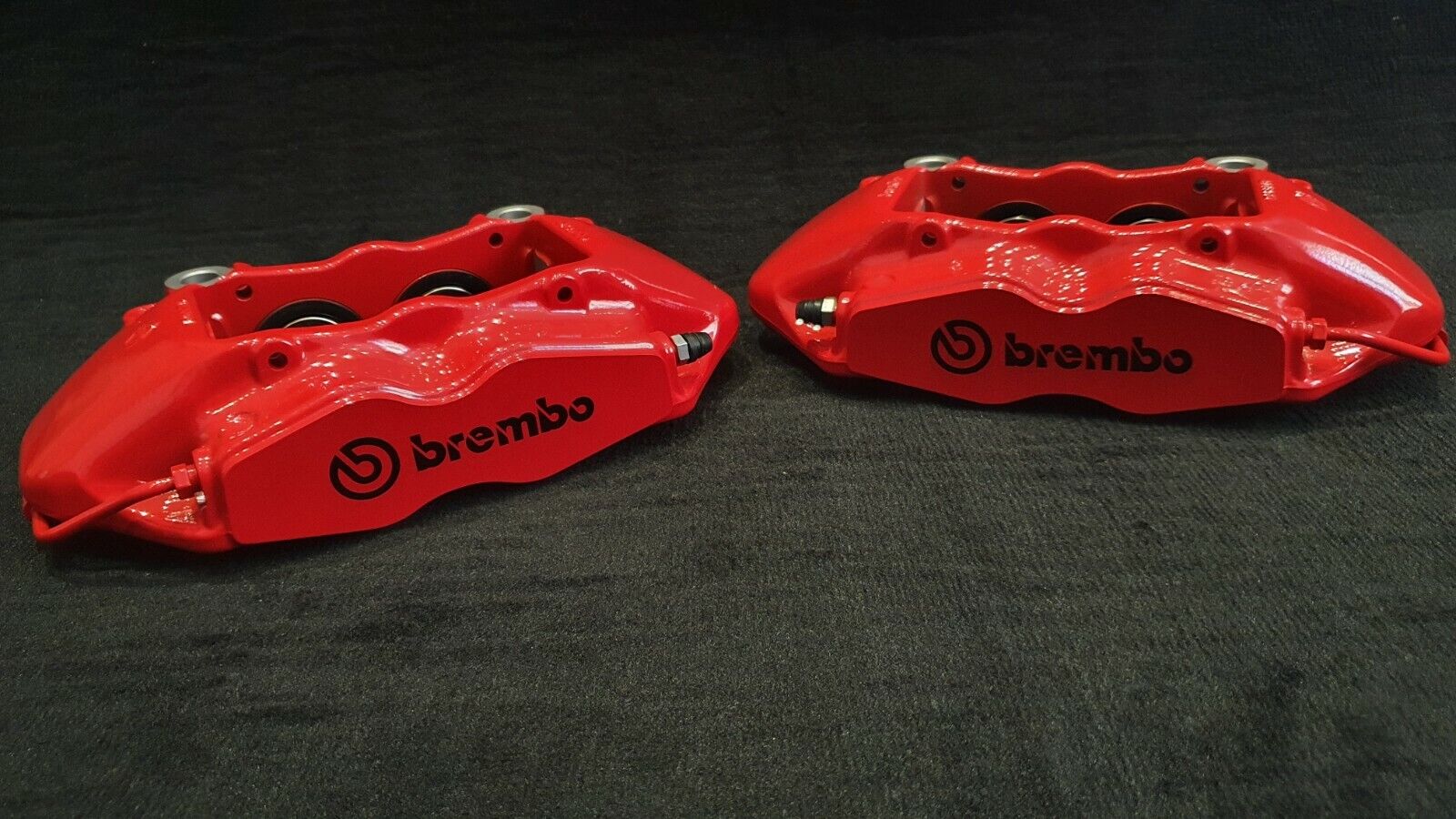
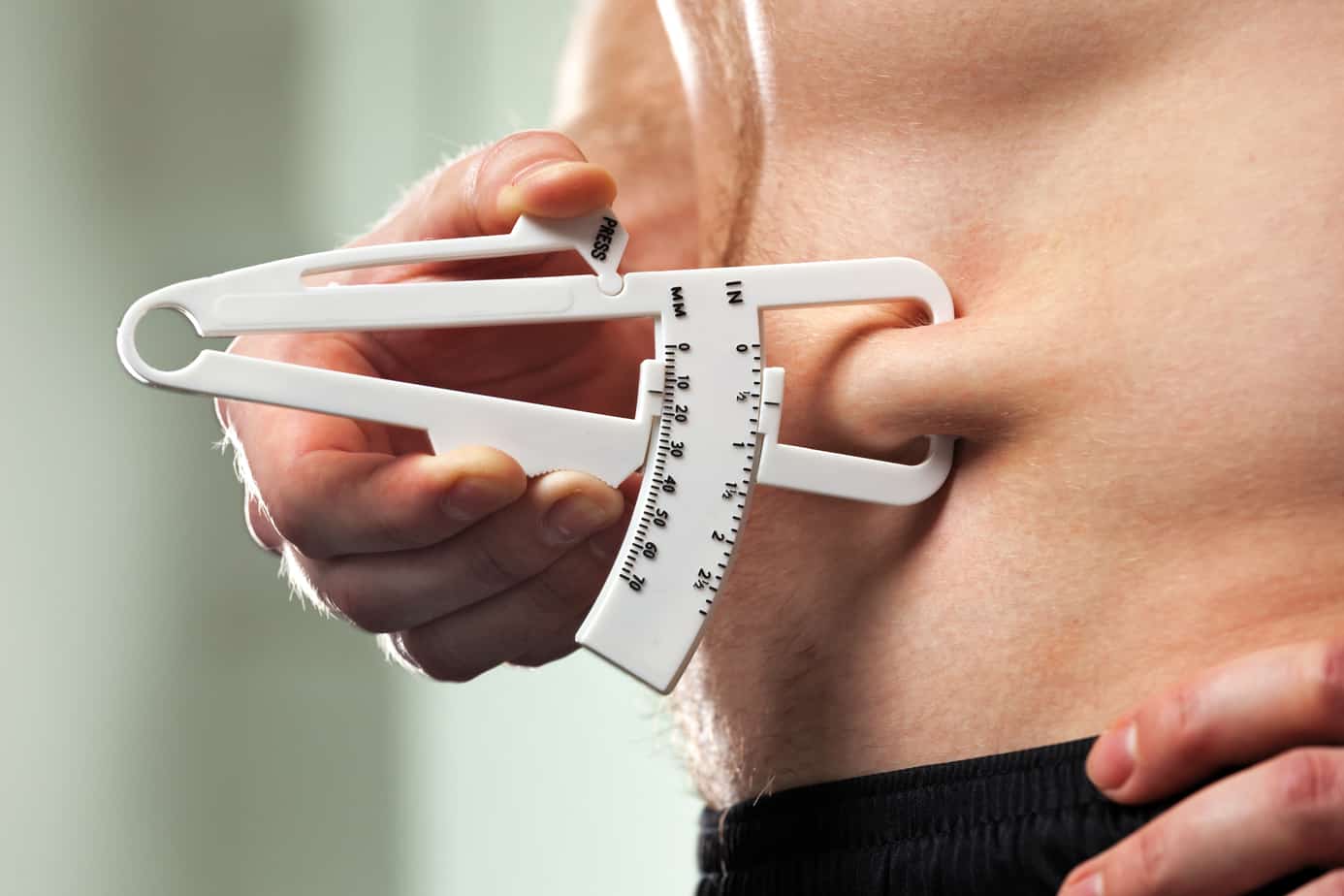
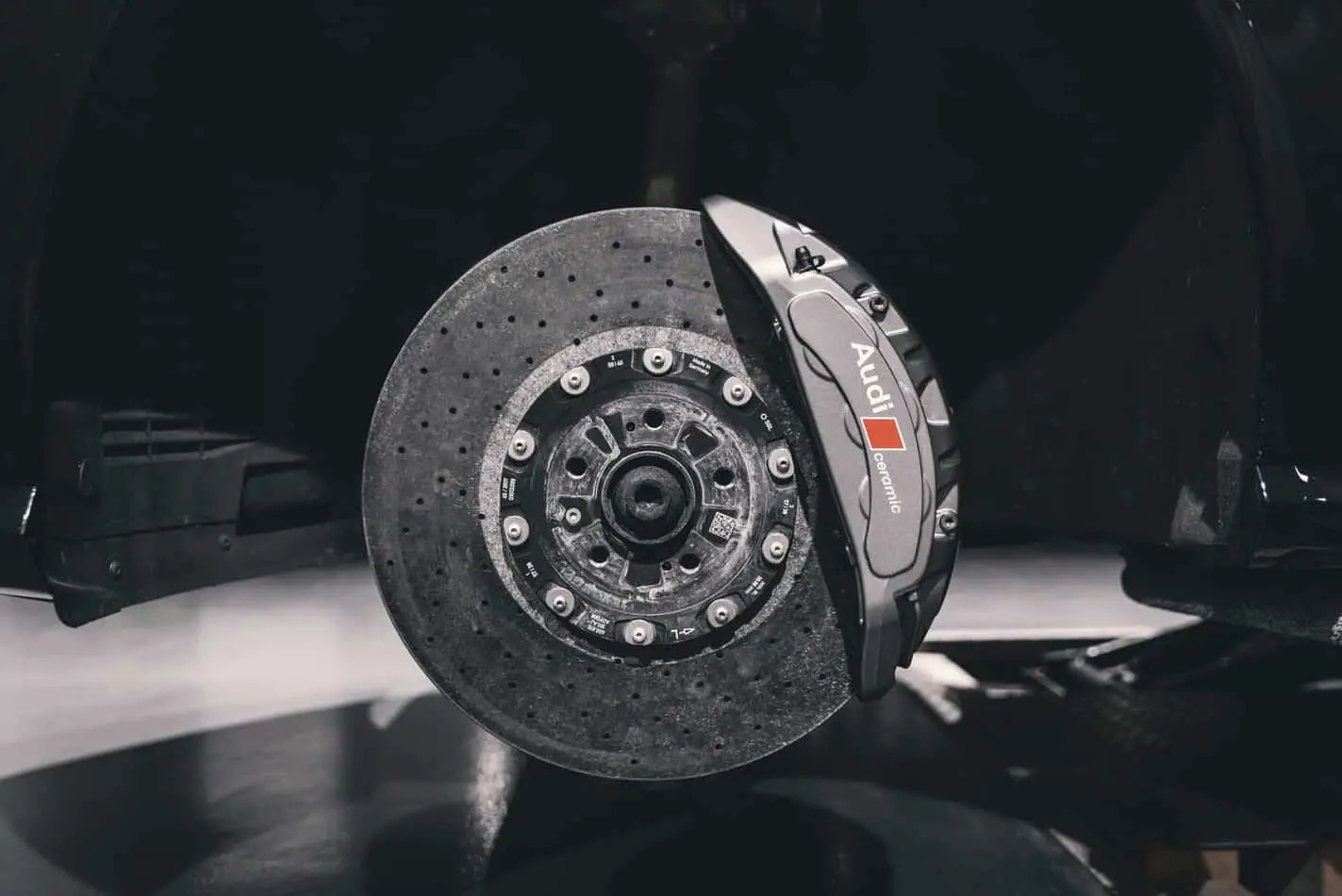
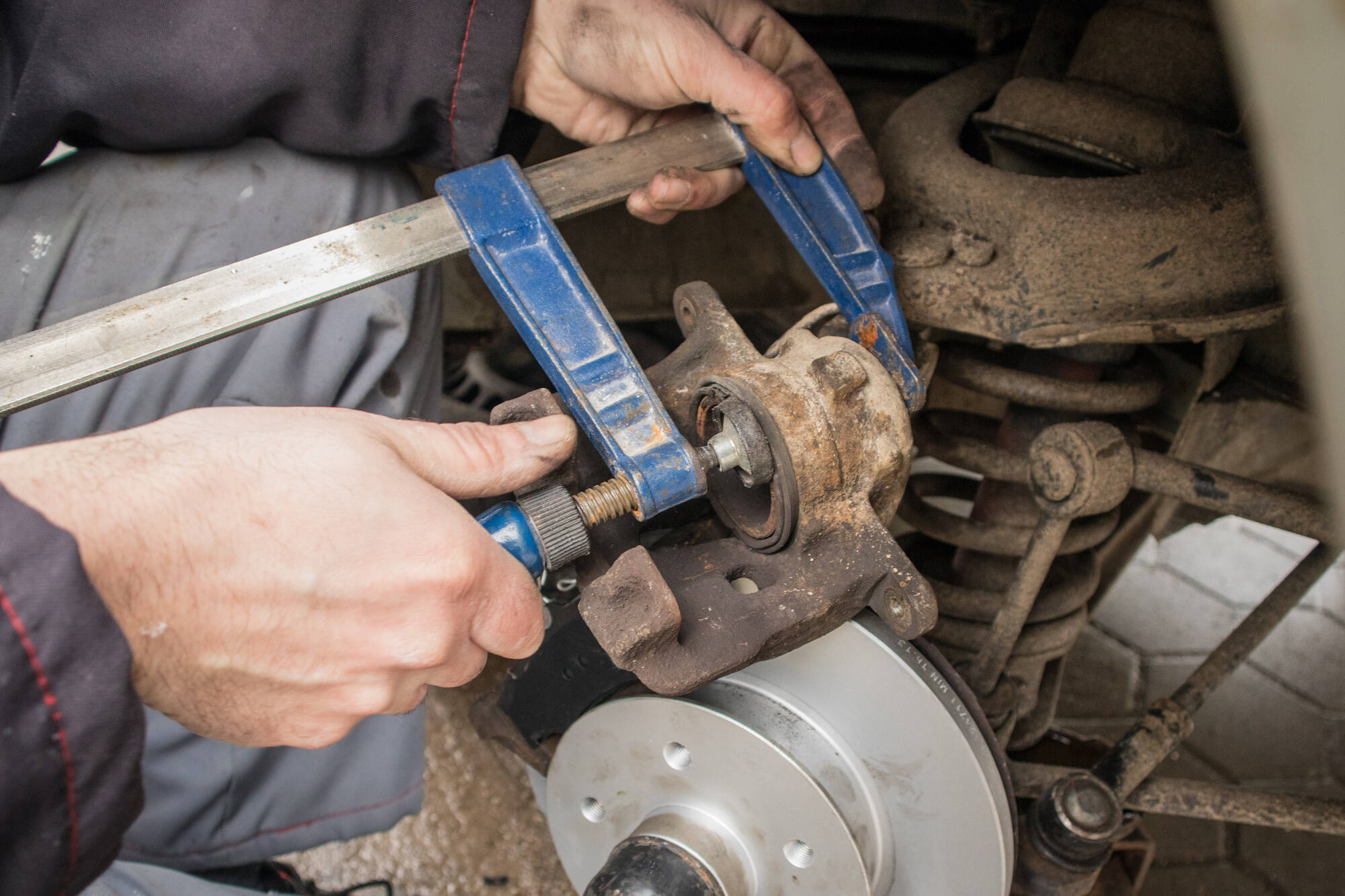
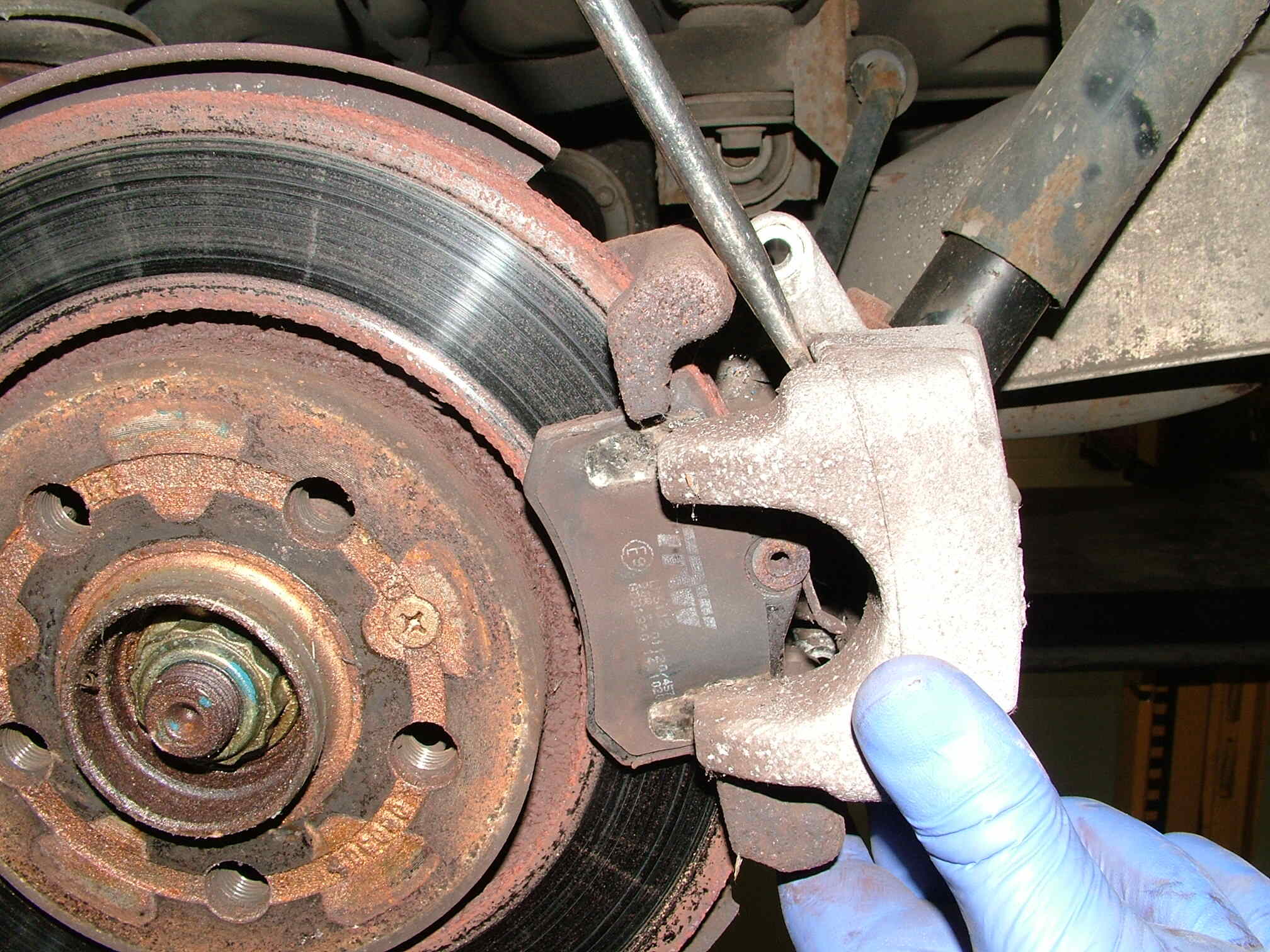
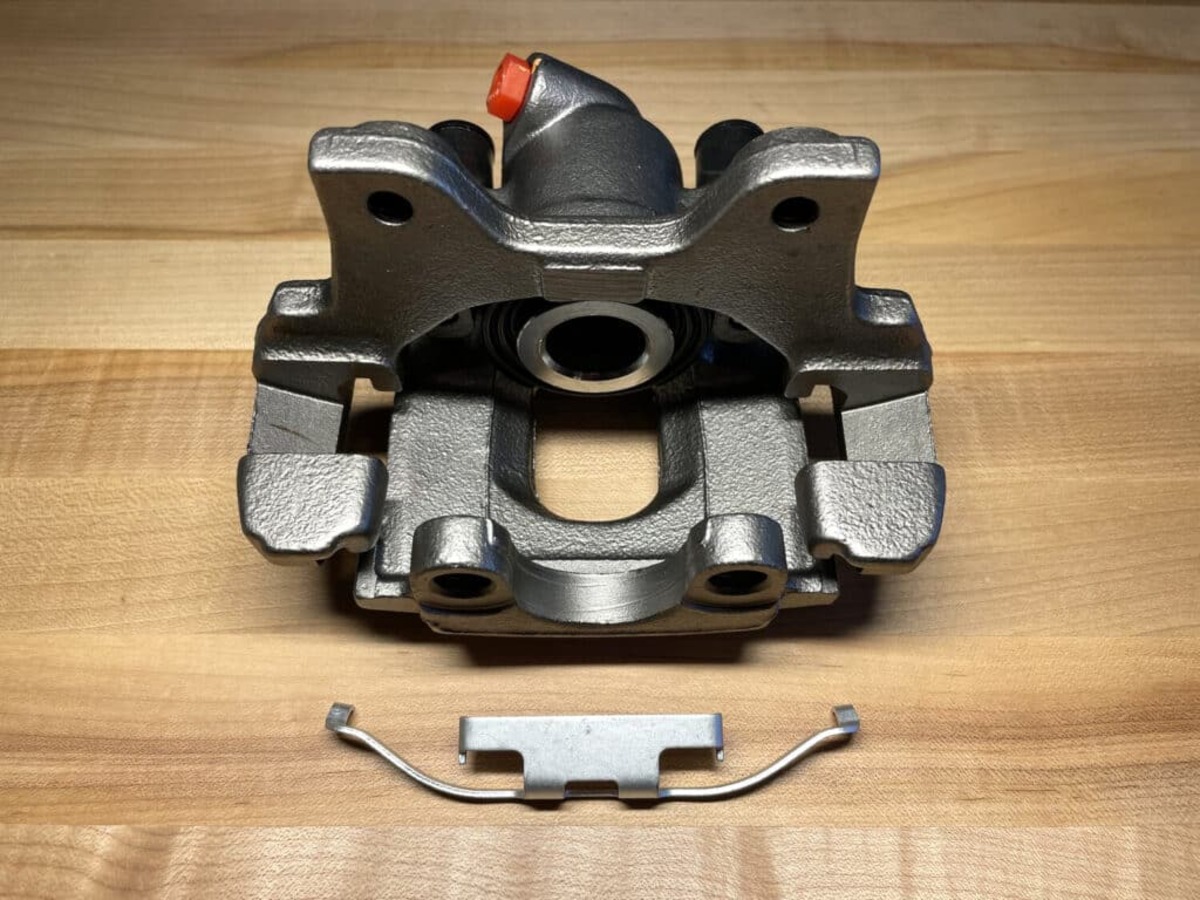
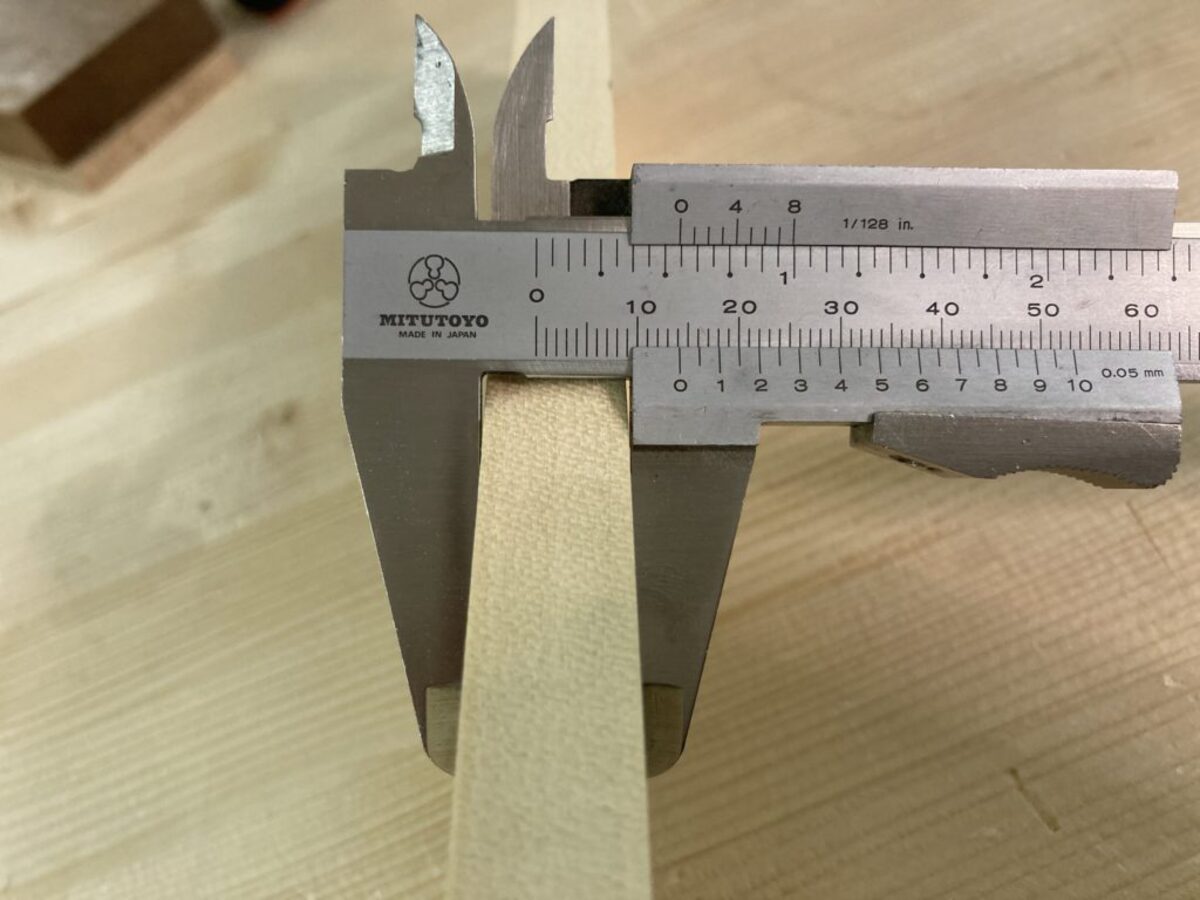
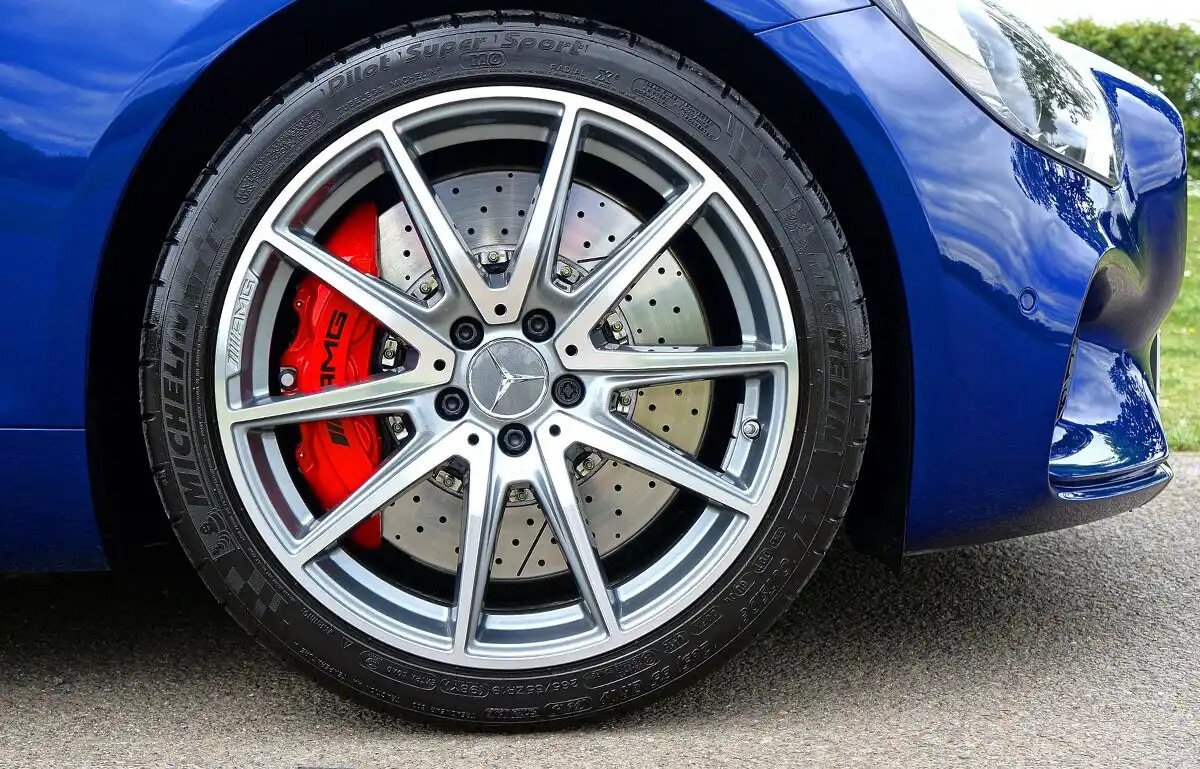
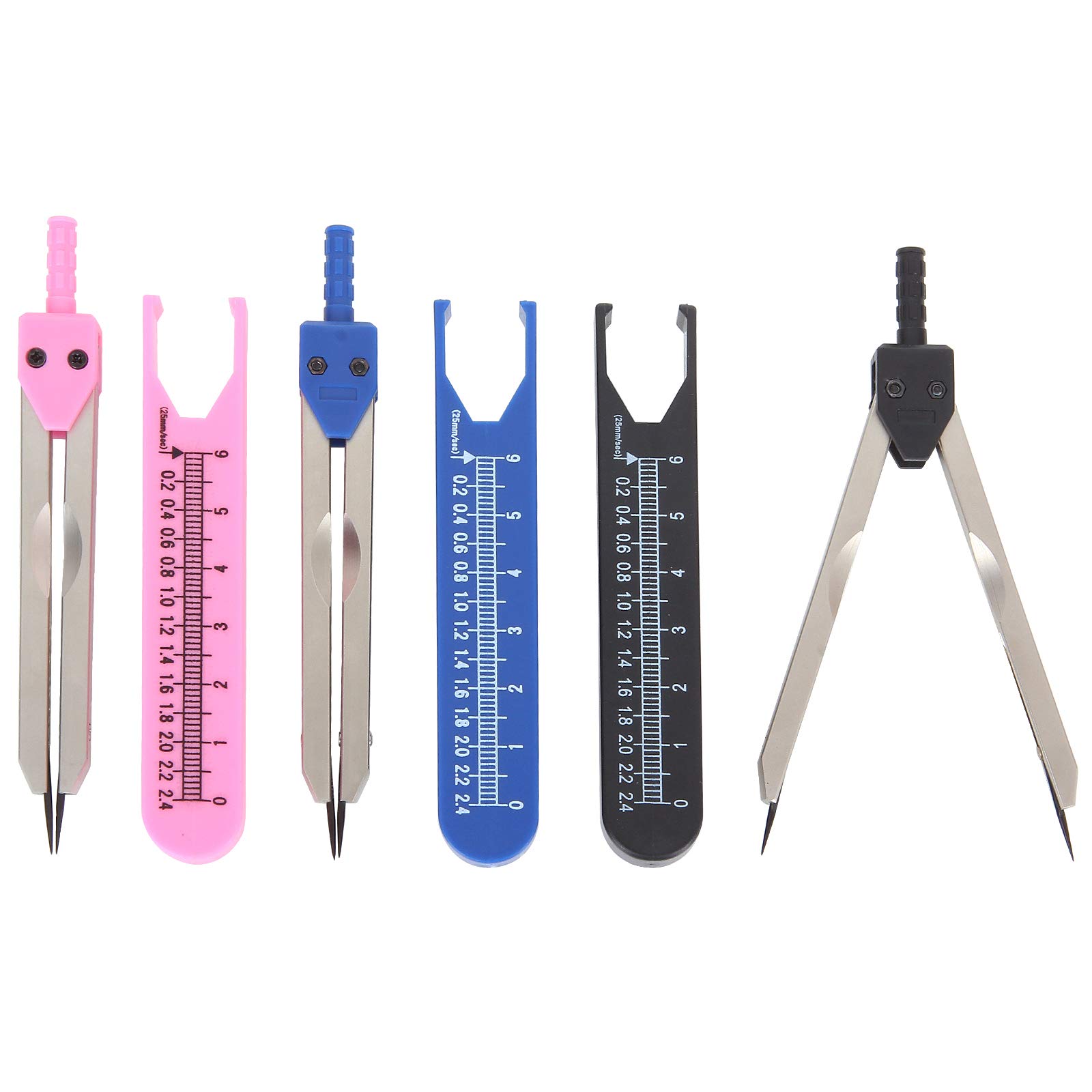
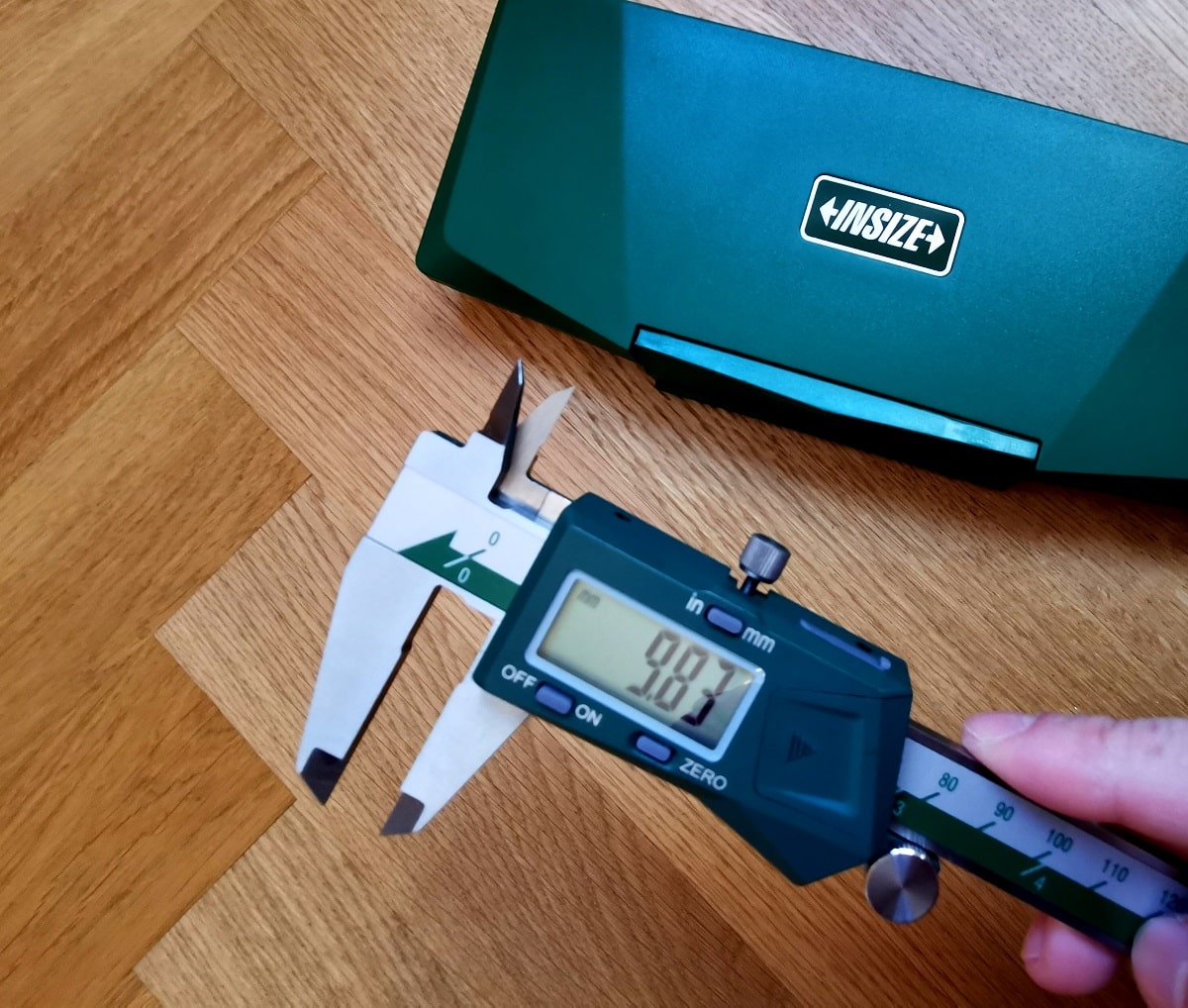
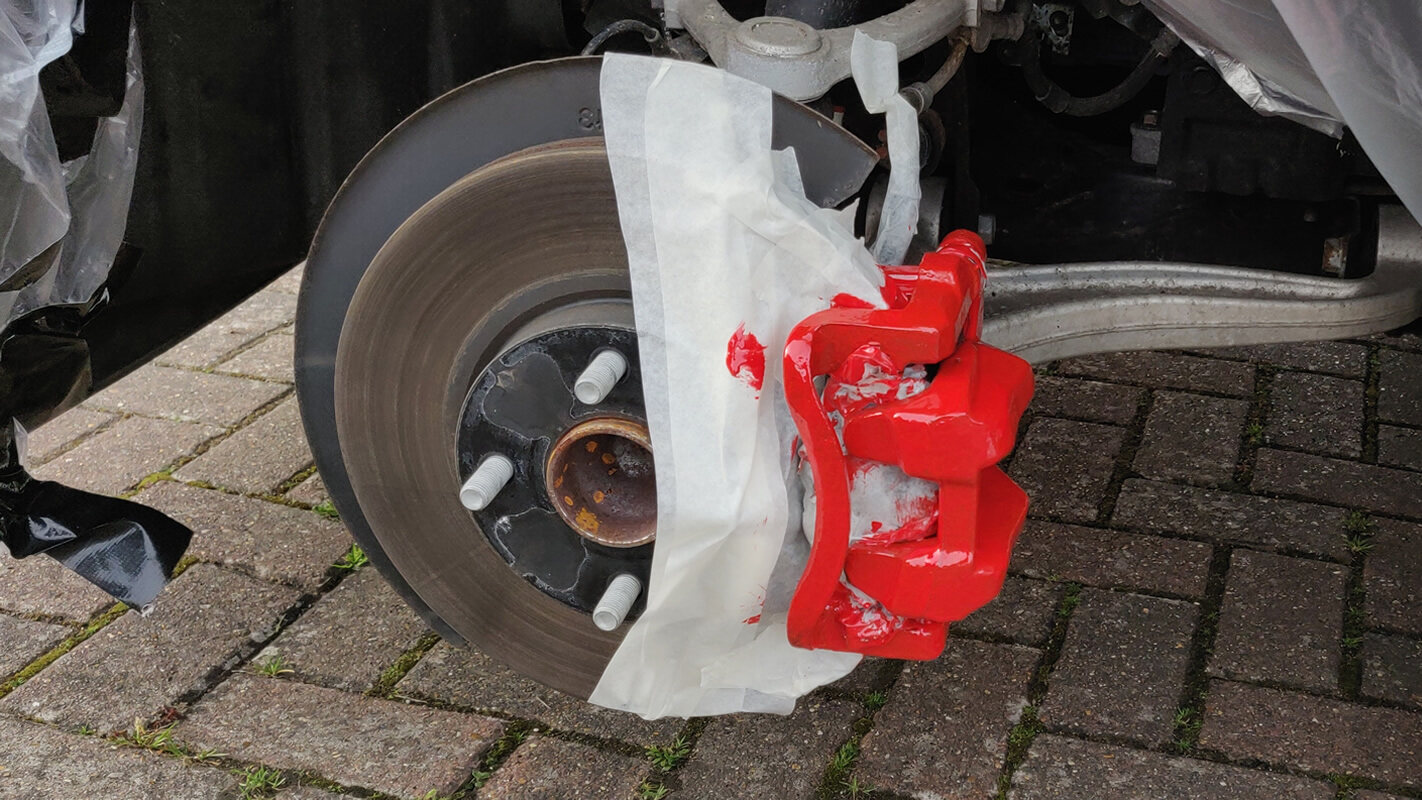

0 thoughts on “What Are Calipers”